Background Topics
Learn about the fundamentals of requirements management, application lifecycle management, quality assurance and risk management.

Agile Estimation
Traditional software development estimating techniques are slow, long lasting exercises and as such are totally unsuited to Agile processes. New methods of estimating have emerged which fit the Agile model, requiring minimal effort to provide 'just enough' information to support prioritization and decision making. This paper offers an introduction to the most popular of these techniques, as well as a look at how such practices work in larger, multi-team projects in which normalization has become the subject of disagreement.

API Testing
API testing determines if an API meets expectations for functionality, reliability, performance, and security. Learn about the benefits of API testing and much more!
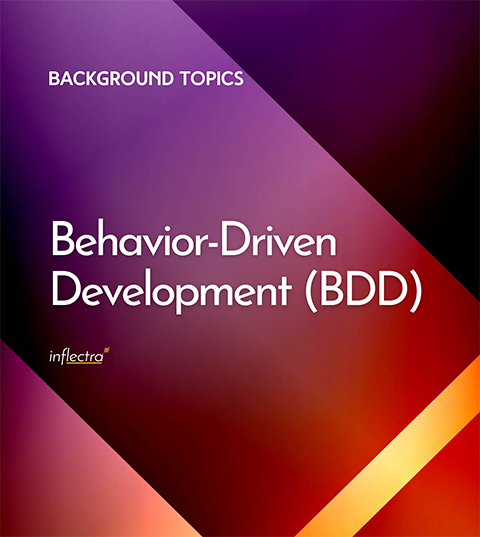
Behavior Driven Development
Behavior-Driven Development (BDD) is an Agile software development process that encourages collaboration among developers, QA and non-technical or business participants in a software project. It encourages teams to use conversation and concrete examples to formalize a shared understanding of how the application should behave.
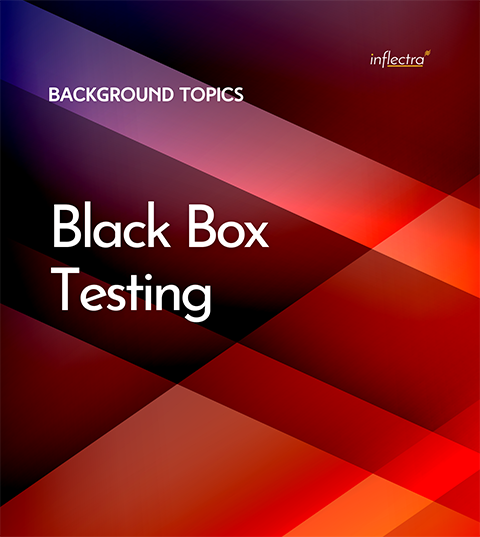
Black Box Testing
The term refers to a common situation in which a person interacts with a system through its external interface, i.e. without looking inside. A good example of Black Box Testing may be a physician who tries to diagnose and treat an illness using the external markers of a disease. This approach is called a black box and it stands in contrast to an approach that a surgeon takes, when the latter "opens" the box and takes a peek inside.

Business Requirements Document
Business Requirements Documents (BRDs) are a cornerstone of project management, but can sometimes be overlooked or improperly used. Click here to see how you can maximize the value of yours!

Earned Value Management
EVM is a popular method for tracking project success & progress, putting a concrete number to performance. Learn the core concepts of EVM, benefits, & more!

Feature Driven Development
Feature-driven design (FDD) is an iterative and incremental software development process that follows the principles of the agile manifesto. The idea is to develop the high-level features, scope and domain object model and then use that to plan, design, develop and test the specific requirements and tasks based on the overarching feature that they belong to.

Functional Analysis
This section describes the various different techniques for performing a functional analysis. This typically happens after initial requirements discovery and before the full-blown requirements definition.
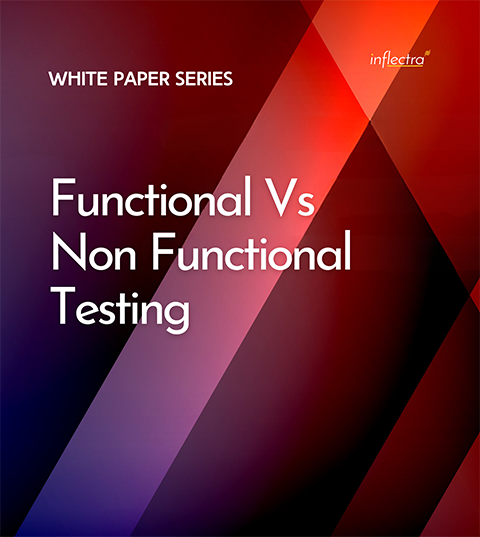
Functional Vs Non Functional Testing
Both functional and non-functional tests are crucial to a high-quality final product. Click here to learn about the differences and specifics of each type today!

GUI Testing
Graphic User Interface Testing (GUI) testing is the process of ensuring proper functionality of the graphical user interface (GUI) for a specific application. This involves making sure it behaves in accordance with its requirements and works as expected across the range of supported platforms and devices.
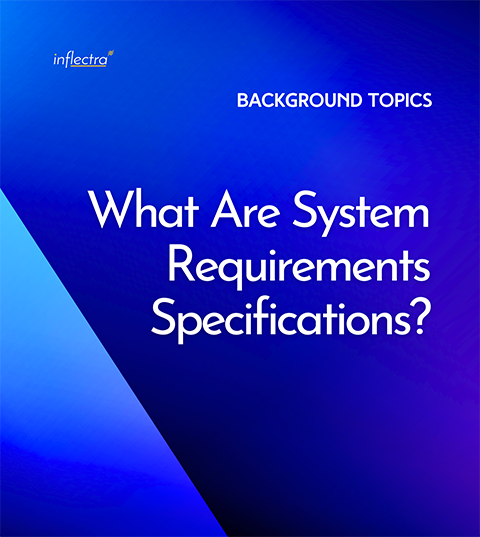
Requirements Definition
A System Requirements Specification (SRS) (also known as a Software Requirements Specification) is a document or set of documentation that describes the features and behavior of a system or software application. Learn more about it here.

Requirements Gathering
This section outlines some of key techniques and methods that can be employed for gathering and capturing requirements on a project. It includes suggestions and ideas for ways to best capture the different types of requirement (functional, system, technical, etc.) during the gathering process.

Requirements Management
This section outlines some of the key concepts surrounding requirements and introduces some main activities that should take place on a project to ensure that a robust requirements definition underpin the system.

Requirements Traceability
Requirements traceability refers to the ability to describe and follow the life of a requirement, in both forwards and backwards direction - from its origins, through its development and specification, to its subsequent deployment and use.

Safe Configurations
SAFe has quickly become a popular scaled agile option, but there are subvariations of the framework that you might not know about. Click here for more!

Scrum Artifacts
Forming the foundation of information needed for the development process, Scrum artifacts are a critical part of the planning process. Learn more here.

Scrum Ceremonies
Scrum events, or ceremonies, are one of the primary factors that makes scrum such an effective development methodology. Click here to learn more.

Software Quality Assurance
Quality assurance is one of the most critical pieces to the software development process & in whether your application succeeds or not. Learn about it here.
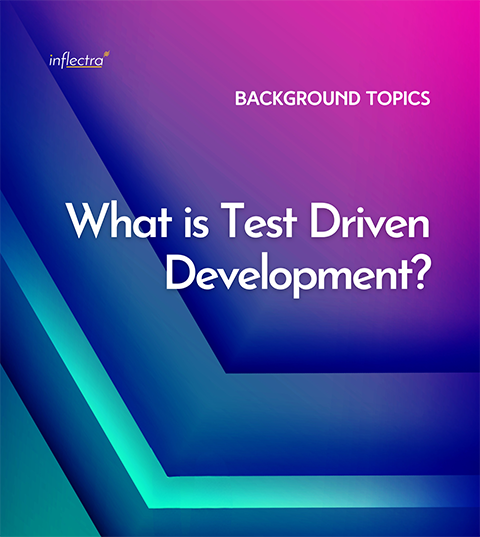
Test Driven Development
Test-Driven Development (TDD) originally was created as part of the Extreme Programming (XP) methodology, where it was known as 'Test-First' concept. The idea is that developers generally write their tests after the code is written and therefore are only testing the functionality as they wrote it, as opposed to testing it to make sure it works the way it was actually intended!

Testing Methodologies
There are several software testing & development methodologies commonly used, but it can be difficult to keep track of the difference. Learn more here.

Understanding ALM Tools
Critical for delivering a quality product to your users, application lifecycle management is necessary for all software developers and stakeholders to understand. In this guide, we’ll cover what the process is, what it involves, its importance in modern software development, and more.

Understanding Help Desk Software
This background paper explains what a help desk is, what features you should look for in a help desk tool and explains why KronoDesk is the best choice for managing your help desk.

Understanding Requirements Management Tools
Requirements management is the process of managing a simply stated desire or need. Successful requirements are the key to delivering high quality products. This section explains what requirements management is and what features you should look for in a requirements management tool.

Understanding Task Management Software
Management of tasks and steps within a larger project is paramount to keeping it on track, under budget, and up to quality standards. Learn more about task management software in this background paper.

Use Cases
A use case is a definition of a specific business objective that the system needs to accomplish. A use-case will define this process by describing the various external actors (or entities) that exist outside of the system, together with the specific interactions they have with the system in the accomplishment of the business objective.

User Stories
A user story is a form of software system requirement that has become quite popular in Agile Methodologies such as Extreme Programming and Scrum. Unlike more traditional methods such as a System Requirements Specification or Use Case Diagrams, the emphasis in these methodologies is simplicity and changeability.
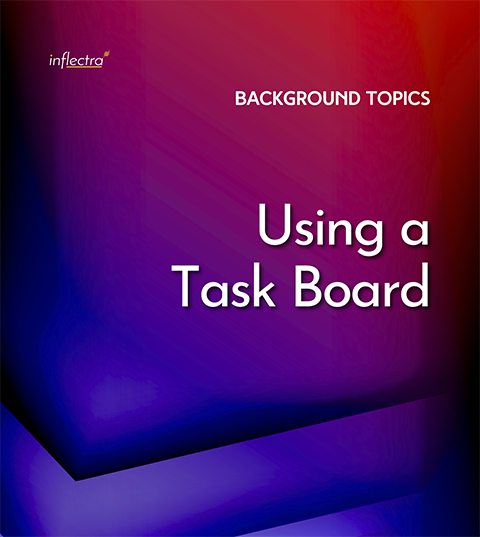
Using A Task Board
The Task Board is perhaps the single most useful, and arguably most important, device that can be used on Agile projects, often described as an 'information radiator' because it gives out the information to everyone from a central location. A Task Board is the focal point of any Agile project and serves as a good place at which to hold the stand-up meeting or Scrum.

What Is Acceptance Criteria
Acceptance criteria are integral to successful project management, but can sometimes be overlooked as just an optional add-on. Click here to learn more!

What Is A Test Plan
In the software development landscape, quality isn't an afterthought, it's baked into the process. Fueling this unwavering pursuit of excellence is the test plan — a document that holds the power to transform a potential buggy application into a polished gem. But what exactly is this blueprint, and why should it be your first priority before diving into the testing fray?

What Is Automated Software Testing
Automated software testing is the ability to have a software tool or suite of software tools test your applications directly without human intervention. Generally test automation involves the testing tool sending data to the application being tested and then comparing the results with those that were expected when the test was created.

What Is Quality Engineering
In the fast-paced world of software development, ensuring the quality of your product is paramount. Quality Engineering is a concept that goes hand-in-hand with Quality Assurance, but offers a different perspective on how to achieve the goal of “quality.” In this article, we'll explore the distinct world of Quality Engineering and why it's essential for creating high-quality software products.

What Is Risk Management
Crucial to the success of any project is the ability to effectively manage risks. Learn what risk management is, how the process works, & more here.

What Is Software Testing
Software testing is a critical piece of the software development lifecycle. But in a world of so much automation, should you keep your testing manual?

What Is Test Management Software
Test management is the process of taking your project's requirements, building a test plan, writing the tests, planning the test activities and capturing the results. This section explains what test management is, and what features you should look for in a test management tool.